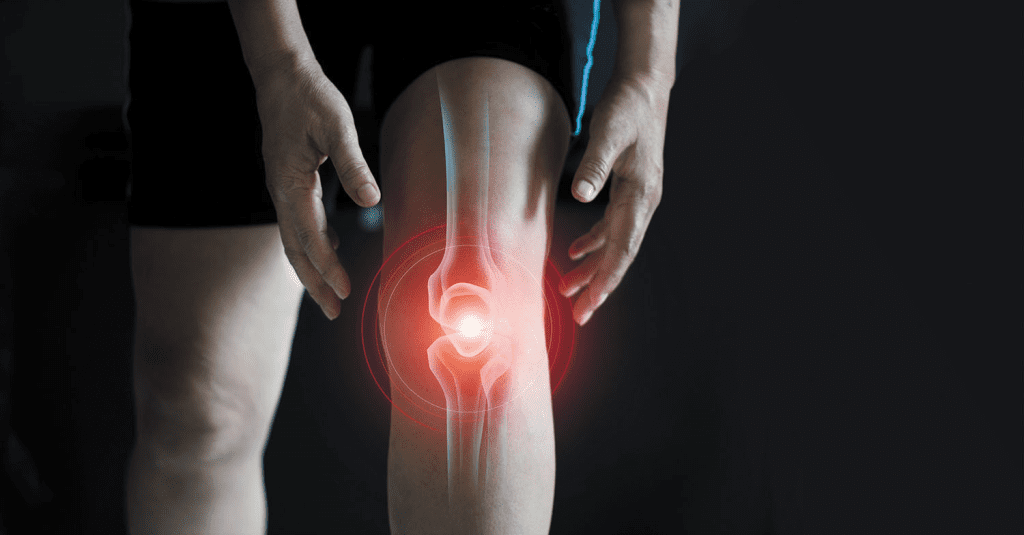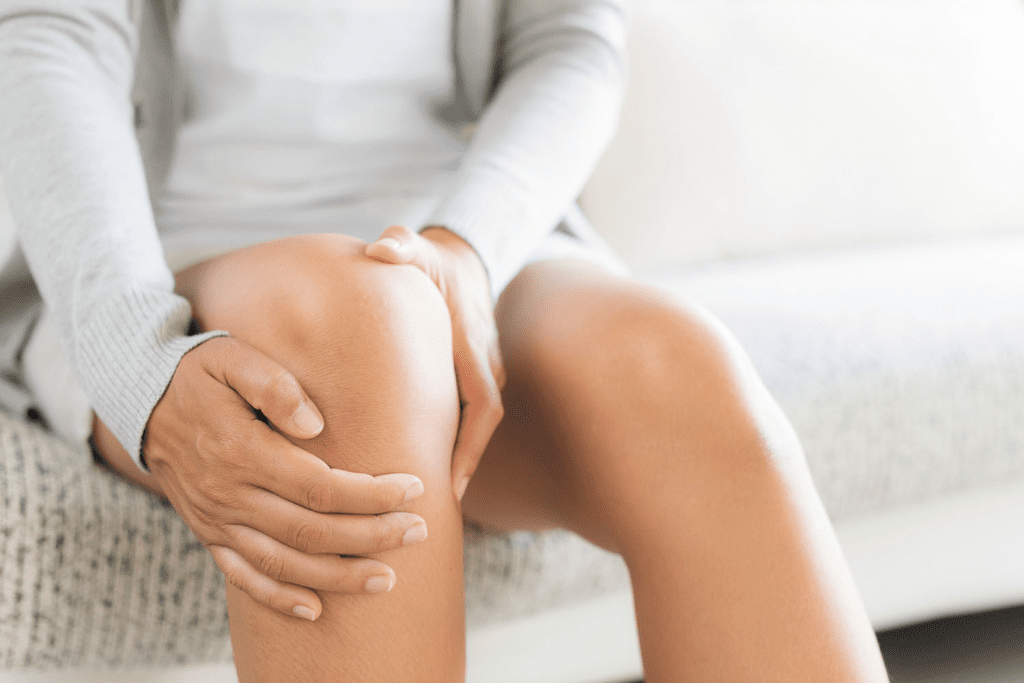Knee pain is a common complaint that affects people of all ages. Whether it results from an injury, overuse, or an underlying medical condition, pinpointing the exact location of your knee pain is essential for effective treatment. By understanding where and why your knee hurts, you can take the necessary steps to alleviate the pain and promote healing. In this guide, we’ll break down the common causes of knee pain, how to identify the affected area, and what you can do to start the healing process.
Understanding Knee Pain

The knee is a complex joint that includes bones, cartilage, ligaments, and tendons, all of which work together to provide movement and stability. Because of this intricate structure, various factors can contribute to knee pain, such as injuries, overuse, or chronic conditions like arthritis. The first step to solving knee pain is understanding the basic anatomy of the knee and recognizing the different areas where pain can manifest.
By knowing exactly where your knee hurts, you can narrow down the cause of the problem and seek the most appropriate treatment.
Common Causes of Knee Pain
Several factors may contribute to knee pain, and knowing them helps in understanding your condition better. Some common causes include:
- Injuries – These can range from fractures and dislocations to ligament tears, such as an ACL injury.
- Chronic Conditions – Osteoarthritis, rheumatoid arthritis, tendinitis, and bursitis are all potential culprits behind ongoing knee pain.
- Mechanical Problems – Issues with your gait, running form, or improper exercise techniques can strain the knee, leading to discomfort.
- Obesity – Carrying excess weight puts additional pressure on the knee joints, leading to faster wear and tear.
Knee pain can be a result of a single cause or a combination of factors, so it’s essential to evaluate your lifestyle and any recent injuries to determine the root of the issue.
Identifying the Location of Your Knee Pain
Pinpointing where your knee hurts is crucial for figuring out what’s wrong and how to treat it. Knee pain can generally be categorized based on location: the front, back, inside, or outside of the knee. Each area is often associated with specific conditions and injuries.
Front of the Knee Pain
If you feel pain at the front of your knee, this is referred to as anterior knee pain. Common conditions associated with this type of pain include:
- Patellofemoral Pain Syndrome (Runner’s Knee) – Often caused by repetitive stress or improper alignment of the kneecap.
- Patellar Tendinitis (Jumper’s Knee) – This occurs when the tendons around the knee become inflamed due to overuse.
- Chondromalacia Patella – A condition where the cartilage on the underside of the kneecap deteriorates, causing pain.
Pain in the front of the knee is often exacerbated by physical activity and can usually be improved with targeted exercises and rest.
Back of the Knee Pain

Pain in the back of your knee, or posterior knee pain, can be a sign of more serious issues like:
- Baker’s Cyst – A fluid-filled cyst that causes a bulge and a feeling of tightness behind the knee.
- Hamstring Tendinitis – Inflammation of the tendons that connect the hamstrings to the knee.
- Ligament Injuries – Such as a posterior cruciate ligament (PCL) injury.
If you’re experiencing pain at the back of the knee, it’s important to get a professional evaluation as it may be linked to deeper joint problems.
Inside of the Knee Pain
Medial knee pain, or pain on the inside of your knee, is often linked to conditions such as:
- Medial Meniscus Tears – A common injury, especially in athletes, caused by twisting motions.
- Medial Collateral Ligament (MCL) Injuries – This can happen after a direct blow to the outside of the knee.
- Arthritis – Osteoarthritis is a degenerative joint disease that often affects the inside of the knee.
Pain on the inside of the knee can occur due to both acute injuries and chronic conditions.
Outside of the Knee Pain

Pain on the outer side of the knee is known as lateral knee pain and is often seen in people who participate in high-impact sports. Common causes include:
- Iliotibial Band Syndrome (IT Band Syndrome) – This is when the iliotibial band, a thick band of tissue running down the outside of your thigh, becomes irritated.
- Lateral Meniscus Tears – Similar to medial tears but affecting the outer part of the meniscus.
- Lateral Collateral Ligament (LCL) Injuries – Damage to the ligament on the outer knee that provides stability.
Runners and athletes are more likely to experience pain in this area due to repetitive stress.
Types of Knee Pain: Acute vs. Chronic
When it comes to diagnosing knee pain, it’s essential to distinguish between acute and chronic pain.
- Acute Knee Pain – This type of pain comes on suddenly, often after an injury such as a fall or twist. Immediate treatment is crucial to prevent long-term damage.
- Chronic Knee Pain – Chronic pain develops slowly over time and is often linked to degenerative conditions like arthritis or repetitive stress. Treating chronic pain involves lifestyle changes, medical interventions, and physical therapy.
Understanding whether your pain is acute or chronic can help you take the appropriate steps toward recovery.
The Importance of Early Diagnosis
The earlier you identify the source of your knee pain, the easier it is to treat. Delaying treatment can lead to further complications like increased pain, decreased mobility, or even permanent damage. Seeking a professional diagnosis early on ensures that you receive a targeted treatment plan that can stop the issue from worsening.
First Steps in Healing Your Knee

If you’re dealing with knee pain, here are a few first steps to kick-start your healing process:
- Rest – Give your knee a break from any strenuous activities.
- Ice – Apply ice packs to reduce swelling and numb the pain.
- Compression – Wrap your knee with an elastic bandage to prevent fluid buildup.
- Elevation – Prop your leg up to minimize swelling.
Additionally, over-the-counter pain relievers and gentle stretching can help alleviate discomfort. Depending on the severity of your condition, your doctor may recommend physical therapy, bracing, or even surgery.
Conclusion
Knee pain can be frustrating, but knowing where it hurts and understanding the underlying cause is the first step toward effective treatment. Whether your pain is acute or chronic, early diagnosis and intervention can make all the difference in your recovery. If you’re experiencing knee pain, don’t hesitate to see a healthcare professional to develop a tailored treatment plan. By taking the right steps, you can get back on your feet and enjoy an active, pain-free lifestyle once again.


